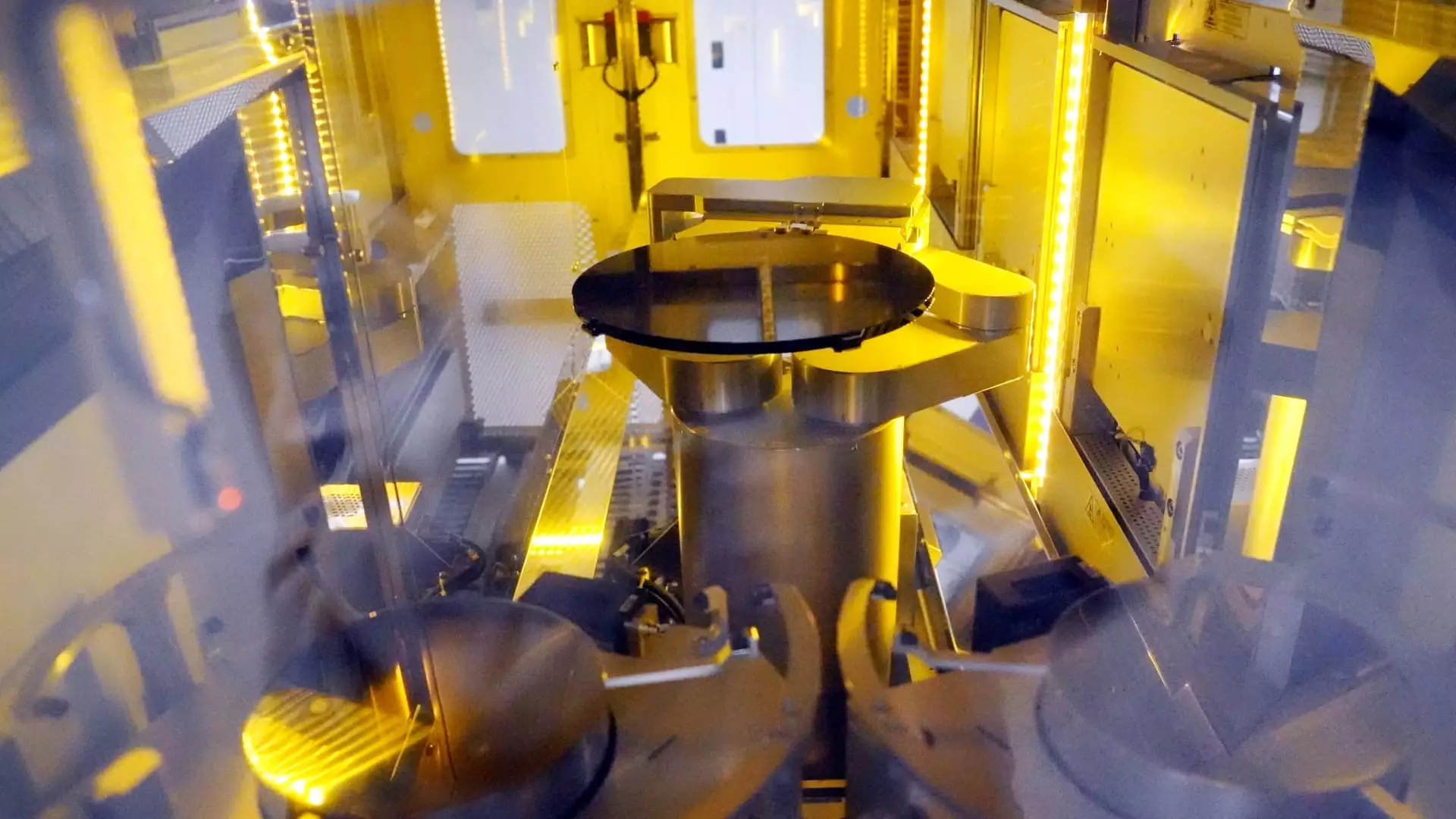The semiconductor industry is currently faced with the challenge of recruiting workers in a tight labor market. As competition for talent intensifies, the industry is ramping up its efforts to attract skilled individuals. The funding from the CHIPS and Science Act, which is designed to stimulate domestic production, is being dispersed, further driving the need for a competent workforce. However, a projected shortfall of up to one million workers in the broader U.S. economy by 2030 is looming, exacerbated by the impact of generative artificial intelligence on the sector.
According to a study conducted by the Semiconductor Industry Association, the U.S. chips industry is expected to face a shortage of 67,000 technicians, computer scientists, and engineers by 2030. This shortage is part of a larger workforce deficit of 1.4 million workers projected for the broader U.S. economy. An additional study from Deloitte highlighted the possibility of the talent crunch in the semiconductor sector worsening due to global economic conditions and ongoing supply chain challenges.
GlobalFoundries, the third-largest chipmaker globally, is employing various strategies to recruit talent in the current environment. The company is casting a wide net by targeting veteran candidates, individuals from its own workforce reentry program, and women in construction. GlobalFoundries is a key player in producing chips for electronic devices, smartphones, automobiles, as well as components for space and defense applications. With major clients such as General Motors and Lockheed Martin, the company is on a mission to bridge the gap in its talent pool.
In response to the talent shortage, GlobalFoundries launched the semiconductor industry’s first registered apprenticeship program in 2021. This program, which is full-time and paid with benefits, offers training at no cost to the apprentice and can be completed in two years or less. The entry requirements are minimal, only necessitating a high school diploma or equivalent and an interest in the mechanical field. The company has successfully onboarded 50 apprentices so far, including graduates with technical associate degrees from community colleges and veterans transitioning out of the military.
Chief People Officer Pradheepa Raman emphasized the importance of adapting to the evolving demand for talent in the semiconductor industry. The company’s recruitment efforts encompass a wide range of roles, from technicians to product managers and corporate positions. Raman highlighted the need for aggressive workforce development efforts, including cross-training talent and identifying alternate talent pools to address the shortage.
Employees like Morgan Woods have benefitted from GlobalFoundries’ focus on training and development. Woods, who started as a technician in 2021, has transitioned into a training and development analyst role. In this capacity, Woods oversees the training of technicians, engineers, and management, ensuring compliance as the company expands into new markets. The company’s focus on compliance is particularly crucial as demand for microchips increases, necessitating adequate manpower to meet production targets.
GlobalFoundries has introduced a benefit that provides eligible U.S.-based employees with a tax-free lifetime total of $28,500 toward student debt. This program, launched in May, has garnered significant interest, with over 200 applicants surpassing expectations. Employees like Woods have expressed their appreciation for the program, citing the financial relief it provides and its positive impact on their long-term plans, such as homeownership and family expansion.
The funding from the CHIPS and Science Act is poised to boost growth for GlobalFoundries’ manufacturing facilities in New York and Vermont. With $1.5 billion allocated for expanding manufacturing capacity, the company projects the creation of 1,500 manufacturing jobs and 9,000 construction jobs over planned projects’ lifetimes. By investing in the workforce and enhancing benefits offerings, GlobalFoundries aims to position itself as an attractive employer and address the challenges of recruiting in the semiconductor industry.

